Turn your car into a comfortable camper for less than $250

Autoblog may receive a share from purchases made via links on this page. Pricing and availability are subject to change.
Camper van transformations are currently in the spotlight, with some conversions reaching prices comparable to real estate. Previously linked with a lifestyle embraced mostly by those encountering difficulties, the narrative has undergone a transformation. Thanks to platforms such as Instagram, Tiktok and other social media outlets, living in a van has evolved into a symbol of status. However, this portrayal often highlights the benefits while downplaying the challenges (such as the difficulty of locating a restroom at night). It’s essential to consider whether an expensive vehicle conversion is truly necessary. There are compelling reasons why I opt not to convert my Crosstrek or Flex into full-time campers. These vehicles serve as our daily drivers, accommodating car seats, friends, family, and even our medium-sized dog. Given such diverse usage, permanent kitchen or bedding setups aren’t practical. However, we’ve found budget-friendly sleeping solutions, frequently enjoying comfortable nights in the car. Upon returning home, a quick cleanup restores the car to its standard setup. All of this comes at a cost of under $250.
Is it the best setup ever? No. But before you judge, check it out for yourself.
Sleeping Setup
Air Mattress – $14.88
$14.88 at walmart
Grab your measuring tape, lay down all of your seats and see what size mattress works for you. When it comes to the vehicles I have in my garage, a twin size fits the back of my Crosstrek perfectly, and it is thick enough that it eliminates the bump in the rear. My Flex can handle a slightly larger mattress, but since I want this to work for both I stuck with the twin. It’s not the nicest model that you can buy, but considering I’ve bought six-packs for more, it is pretty dang good.
Air pump – $16.99

$16.99 at Walmart
A plug in air pump sometimes feels like an incredible luxury to me and I’m not exactly sure why. Maybe I feel like camping should involve me having to inflate a mattress myself, but in this day and age, when a lot of cars come with an AC outlet, why make yourself lightheaded by blowing up your mattress manually? This one will plug into any AC outlet and costs so little that I can’t believe I even thought about not getting it. If you don’t have an AC outlet in your car they make both a DC 12V that’ll plug into a cigarette lighter or a 6-C battery powered one that doesn’t need to plug into anything.
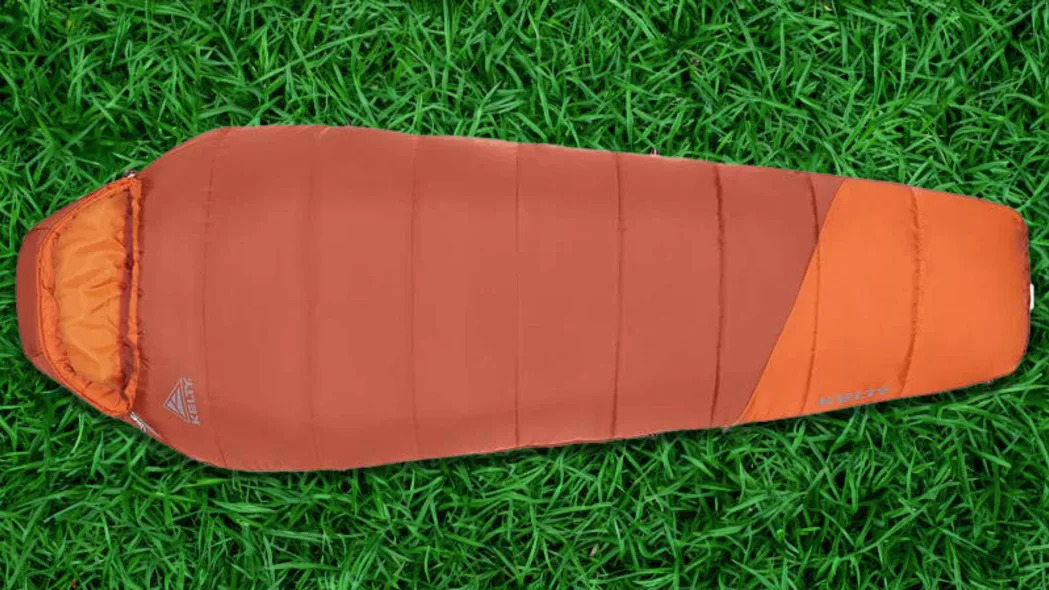
$69.96 at Amazon
Story time: Quite a few years back Autoblog went to Iceland to test drive camper vans (we were originally there to drive a 70 Series Toyota Land Cruiser but that’s a whole other story). Halfway into our drive around the volcanic island, the diesel engine in our Renault Trafic camper sputtered and never started again. With no engine to power the auxiliary battery in the back of the camper our heater went out after a few hours and we were stuck on the side of the road overnight in near-freezing temperatures. Luckily I had thought to throw a couple 0-degree sleeping bags in my luggage the day before. We were able to keep pretty warm all night while we waited for the new van to be driven to us. These days I keep those same two sleeping bags in the car each winter, just in case I get stuck overnight in the mountains. Synthetic sleeping bags like the one above are much cheaper than their down-filled counterparts, and, unlike down, will keep you warm even when wet. They don’t pack down quite as small but that matters less if you’re keeping them in your car. Keep them stored out of their stuff sack in order to preserve the loft and life of the bag.
Window Screen – $8.98
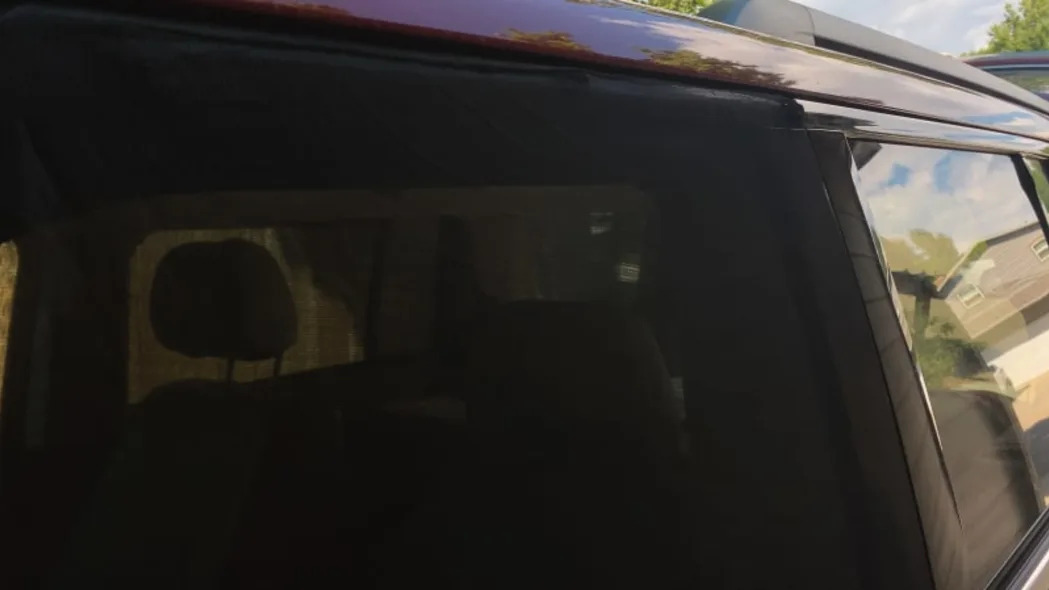
$8.98 at Walmart
Stagnant air in the car at night is the worst. Well, second worst. Mosquitoes are the worst. Thankfully these window screens solve both of those problems. They cover the entirety of the windows so you could roll them down completely if you want to. I only roll them down a few inches. Open enough for quality air flow, closed enough that if a bear or other creature wanders by, they can’t easily get into the car before I wake up and get the heck out of there.
DIY Window Shades – $YMMV
In addition to window screens, blackout window shades are great for privacy, as well as keeping the heat in or out, depending on the time of year you happen to be camping. They’re fairly easy to make too; all it takes is some foam core, reflective insulation and some tape. Check out the video above to figure out how to make your own.
Another more permanent option is to tint your windows. Laws on this vary from state to state, so make sure to do your research beforehand, but tinting windows not only can add privacy and block harmful UV rays, but also helps keep your vehicle cooler during those blistery hot summer months.
Extra Blankets and Pillows – Already have
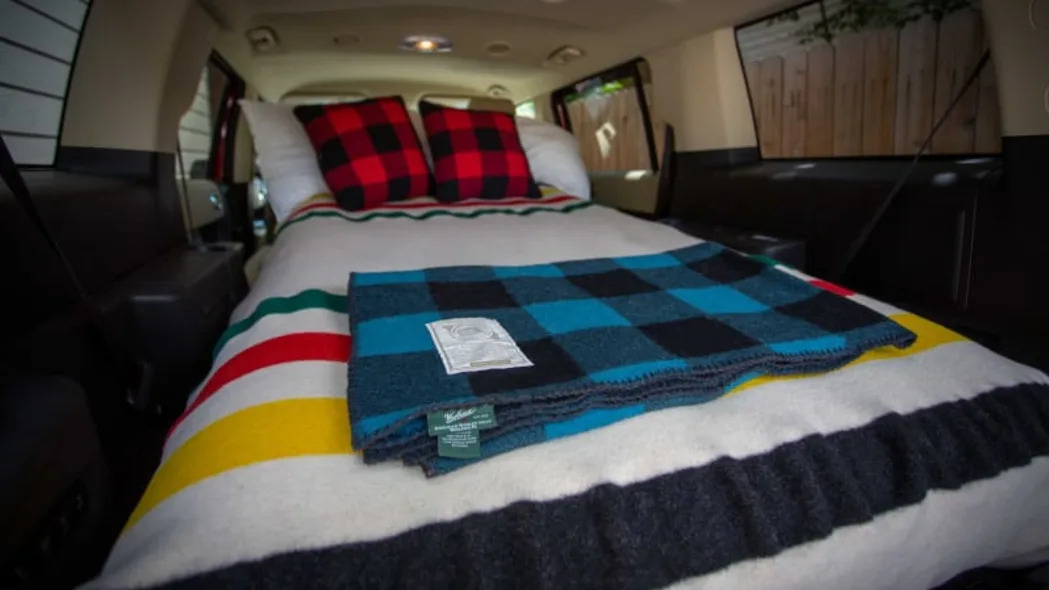
Most of us already have blankets and pillows. I use the ones I sleep with at home.
Kitchen Setup
Stove – $31.53

$31.53 at Amazon
In addition to sleeping, eating is a rather important part of any camping trip. A lot of campsites have fire pits or charcoal grills available, but if not, there are still ways to enjoy a quality meal for cheap.
This one-burner propane stove is made specifically for camping and I’ve used models just like it inside different campers and vans that I have tested, like the one in Iceland mentioned earlier. While not as versatile as a two-burner Coleman with a built-in backsplash, this one comes in at less-than half the price and can easily be stored inside your vehicle.
Camp Chair – $20.00

$19.88 at Amazon
This is another item that is usually available at a campsite, if you count the bench at a picnic table. It is also one of the more expensive items on this list, so you may be able to forgo it and save some change. If not, a chair like this can feel like a luxury if you’re used to eating your meals on the ground while camping or sitting on a log around the fire. It isn’t the best chair out there — far from it — but we have a budget and this one fits it. That said, if you have the money, a good camp chair works in a variety of situations, not just camping, and can make a big difference in how enjoyable of an experience camping is.
5-gallon water jug – $34.99
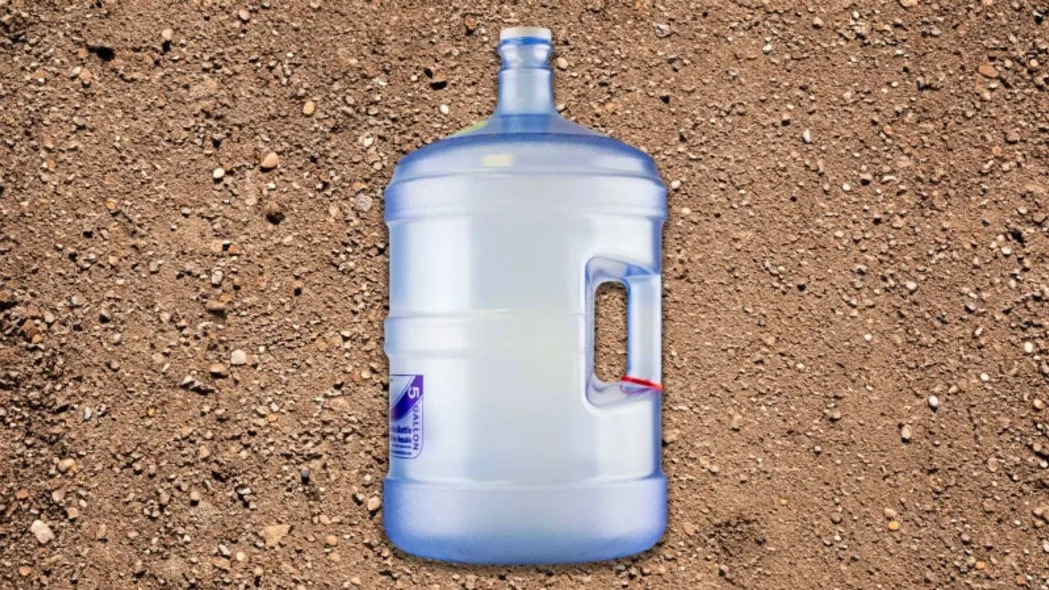
$34.99 at Amazon
When my wife and I first started car camping I bought a 6 gallon jug with a spout. It’s big, heavy, takes up room even when it is empty and unwieldy to pick up and pour from when full. This jug may be nearly as big, but is superior in almost every way. Pair it with the spout below and it is much easier to use and since you’ll be using water for everything from cooking and cleaning to drinking and washing dishes, this is a must have.
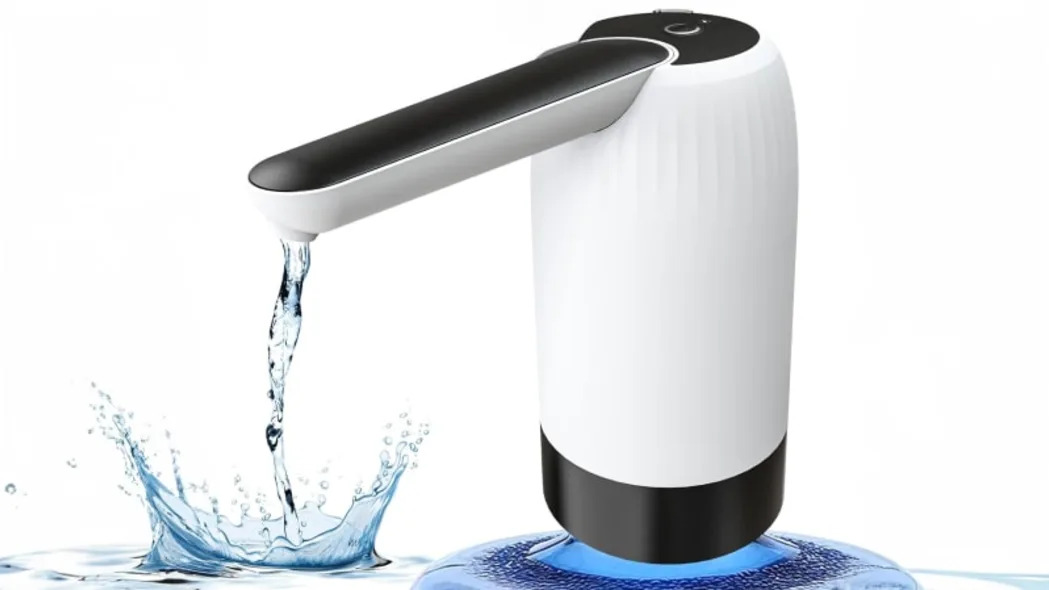
$6.99 at Amazon
This spout is easily rechargeable in your vehicle assuming you have a 12V USB charger, which in today’s day and age most of us do. It makes filling up water bottles and doing dishes a breeze.
Thrifted Cooler – Under $30 (YMMV)

The cooler may be the biggest expense when it comes to a camp kitchen setup depending on what your needs are. A 9-quart hard-sided Coleman will set you back about $17, but a Yeti large enough to hold an elk will cost into the thousands. Most people already have one but if you’re just starting out I’d recommend going the inexpensive route and figuring out what you need down the road. Thrifting one (like the Igloo above I found at my local Goodwill for $10) is a great way to go to save some money.
Throw these items in your car and you’re well on your way to a cheap version of van life that is easy to setup and tear down. It may be tempting to go big and get all the high-end equipment right away, but going this route will allow you to easily upgrade based on your needs instead of what looks great on instagram. Plus, if you find out 16 days in that living out of your car isn’t all it’s cracked up to be, you won’t have had to sell your house to learn that lesson.



